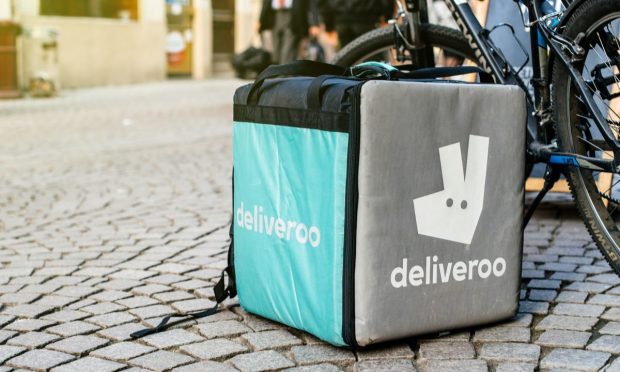Deliveroo Lays Out Timeline to Profitability, Leverages Ghost Kitchens, Dark Stores

As most on-demand food delivery aggregators continue to operate at a loss, Deliveroo is gearing up to reach profitability within the next two years or so.
The company shared in a presentation with analysts Thursday (March 17) discussing its full-year 2021 results that it expects to reach its break-even point in the second half of 2023 or the first half of 2024, aiming to reach an adjusted EBITDA margin of 4% or more by 2026. Its strategy to reach this point includes increasing average order value (AOV) with upselling, reducing driver wait times, increasing network density and becoming more strategic about marketing.
As the company works towards these goals, it is also building out its network of so-called “Editions” ghost kitchens, with more than 300 virtual locations opened by the end of the year and with plans to add more throughout 2022.
“This acceleration of our rollout meant that the vast majority of our capex spend in the second half related to Editions,” said Deliveroo CEO Will Shu. “We have been doing this for five years now. We have a very, very good handle on the unit economics and the return on payback with the capex, and we’re really, really excited about continuing to accelerate this rollout throughout ‘22.”
As aggregators around the world aim to drive up loyalty and add purchasing occasions with on-demand grocery delivery, Deliveroo’s grocery business now accounts for 8% of gross transaction value (GTV).
The online grocery space is significantly more mature in the United Kingdom than it is in the United States, according to data from PYMNTS’ 2021 study “What U.K. Consumers Expect From Their Grocery Shopping Experiences,” created in collaboration with ACI Worldwide. The study, which drew from a survey of more than 2,500 U.K. consumers about their grocery shopping habits conducted in September 2021, found that about a third of U.K. consumers prefer buying groceries online over shopping in person, well above the 18% that prefer the same in the United States.
Related news: 52% of UK Consumers Shop for Groceries Online More Than They Did in 2020
In late September, Deliveroo announced the launch of Hop, the company’s ultrafast grocery delivery service, in partnership with with Morrisons and Waitrose in United Kingdom and Carrefour in Italy. Some have expressed skepticism about the feasibility of the ultrafast delivery model.
“It’s definitely structurally better if your item arrives in an hour than if it arrives in a week or longer,” Alex Weinstein, chief digital officer at online grocer Hungryroot, told PYMNTS in a January interview. “However, at a certain point, there’s just diminishing marginal returns … [It] is small AOV scenarios that really aren’t particularly either profitable or scalable.”
See more: eGrocery Customers Expect More Than Digital Shelves; They Expect Personal Relationships
Certainly, ultrafast delivery could make the road to profitability more difficult for the company. A report earlier this year found that quick-commerce firms’ losses can amount to as much as $20 per order on average. However, Shu argues that the company is taking an approach that will enable it to avoid these pitfalls.
Read more: Ultrafast Grocers’ Losses Mount in the Face of an Uncertain Future
“We’re monitoring this really closely. We’re being prudent about our rollout plans, but the impact on consumers is definitely evident and it’s been great,” he said. “[In] really dense urban areas, I do think the dark store models can work … Ultimately, we expect this on-demand grocery space to be served by a mix of dark stores, the store-pick model, and maybe some sort of hybrid pickup and delivery site.”
